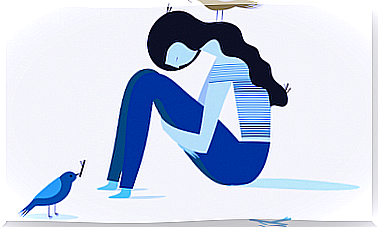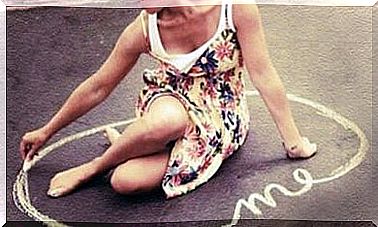The Shortest Path To Happiness Starts With A Smile

Do happier people smile more or are people who smile happier? The answer is that both statements are true. When we are content and feel happy, we are more attuned to the goodness and beauty of our surroundings, and this state is reflected on our face through the smile.
The curious thing is that the opposite also happens: the more we smile, even if initially forced, the happier we feel.

smile improves our mood
An experiment by Fritz Strack showed that smiling makes us more likely to be in a good mood.
The experiment consisted of two groups of people who were shown funny comic strips. In one group people held a pencil with their teeth so that their lips parted in a smile, while in the other group the expression was neutral.
The result showed that those who smiled perversely found the comic strips funnier, that is, they had a greater tendency to be in a good mood.
This is explained by the fact that the brain, when perceiving the muscles in our face in the form of a smile, interprets them as a sign that we are happy, regardless of the cause, and tunes in to positive moods.
As if that were not enough, the mind works “by trends.” When we are sad or angry, we usually interpret what happens to us more negatively and tend to remember and think about negative events, but when we are happy we take things more philosophically and find more memories and positive thoughts.
Thus, “forcing yourself” to smile can be a good way to induce our body to find states of greater happiness, which also feed back into each other.
This is just one reason why smiling is the first step towards happiness, but there are others.
smile is contagious
We live in a stressful world in which we usually come across many people, but we hardly notice them: the bus driver, the bakery attendant, the doctor, the supermarket cashier…
In these everyday situations, being kind and showing a smile can be a subtle but important change in the long run. An indifferent encounter turns into a pleasant encounter.
Mirror neurons make us imitate the behavior of those in front of us. Just as when we meet someone aggressive automatically our internal state is to be defensive.
If we walk with a smile on our face, it is more likely that, in many cases, we are returned with a smile and gestures of kindness, which enhance the states of well-being and inner peace.
Not in vain, one of the first things babies learn to do is return the smile their mothers or those closest to them give them.

We are programmed to interpret the smile as a safety signal, and to return it by generating a bond that communicates that “this is a safe environment, where you don’t need to be defensive.”
A small gesture, such as a smile, can have a positive influence on the mood that arises between people.
The smile is the first step towards laughter
There’s nothing more fun than watching a baby laugh. If you’ve ever been in front of one, you’ve noticed that even the most serious adult can’t help but smile and even laugh out loud when a baby does.
Laughter, as well as a smile, in addition to an expression of joy is a form of communication that indicates that we are in a safe and friendly environment.
Knowing how to laugh at the circumstances and at yourself is essential for us not to sink into our problems and find a way to overcome difficulties in a better mood.
A laugh at the right time can break even the most tense moments. Laughing breaks down the barriers of unhappiness and brings us closer to happiness.
It’s not just that we feel good when we laugh, but that laughing unites us. Many good friendships are built on afternoons of laughter, as well as something very important in couple relationships is to laugh together. In fact, one of the first games children play is to tickle others to laugh.
So, whenever we remember, let’s put a smile on our face. Not only will we be feeling happier, we will also be transmitting joy and, who knows, forming the basis of a joyful relationship.









